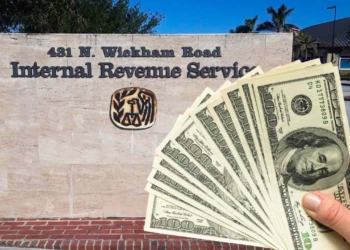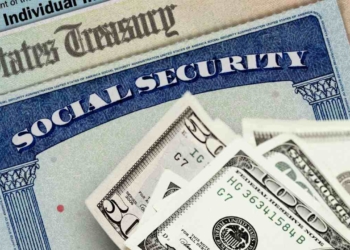Retirees can receive their monthly payment as early as on May 2, 2025. This Social Security payday will be for those retirees who have been collecting benefits the longest. In fact, since before May 1997. Another possible way to collect your monthly payment on May 2 is to be an eligible recipient of retirement benefits and Supplemental Security Income.
On the contrary, other retirees will not receive their monthly Social Security payment until May 28. The 28th could be a really long wait for seniors who rely on this monthly payment to make ends meet. For example, this payment was sent on the 22nd of January, so there is a 6-day difference, which is a great deal for low-income Americans on a tight budget.
Requirements to get Social Security on May 28
The main condition to get Social Security on the 28th is to have been born from the 21st to the 31st, regardless of the year or month your birth date was. Remember that you will not receive this payment on the 28th if you break SSA rules or if you are an SSI recipient.
Some retirees may get their monthly payment on May 14. In fact, this will be the first round of Wednesday payments. To get it on May 14, your birthday must fall from the 1st to the 10th. The second round of Wednesday payments will be distributed on May 21.
As you can see, these payments are sent one week after the other. The Social Security payment on May 21 will only be for those whose birth date is from the 11th to the 20th.
After the May 28 payment, the Social Security Administration has scheduled an SSI payment in the United States. It will be the June payment in advance for the Supplemental Security Income benefit.
Who will get $5,108 on May 28 from Social Security?
This will be the maximum retirement benefit for eligible retirees in 2025. Therefore, there are strict requirements to get such a large payment on May 2, May 14, May 21, or May 28.
In the first place, only a few retired workers can get $5,108. Those who have filed at the age of 70 already meet the first condition set by the Social Security Administration.
The second condition will be to pay taxes to Social Security. Of course, if you did not pay enough taxes or if you only had jobs not covered by SSA, you do not qualify.
So far, you must have filed at 70 and had jobs covered by SSA. But it is also essential to have worked for at least 35 years. Not doing so reduces your monthly payments in retirement.
The last condition and the most difficult to attain is to earn the taxable maximum for 35 years too. On average, the May 28 and the other paydays can bring direct deposits and checks worth $1,997.







